If you have a raised bed vegetable garden and you’re seeing lots of roots that don’t belong to anything you planted, it’s time to do some investigating. It is important to know what plant the roots come from so you can take corrective steps with the right garden supplies and make sure you get it from the best.
How to Determine Where the Roots Are Coming From
First, start by uncovering the roots enough to determine from which direction they are coming from. Do you have trees and shrubs planted on that side of your garden? Are the roots large enough that it is likely you are dealing with tree roots? Remember that tree roots can extend twice as far as the tree canopy, so that tree can be quite a distance from your garden.
Many invasive weeds are perennials and can develop a very thick root system. Some shrubs are quite invasive and spread by sending shoots up from the roots. What is growing on your neighbors’ side of the fence? Could the neighbors’ privacy hedge be the culprit?
8 Ways to Prevent Invasive Roots in Raised Beds
Today, many yards are very small. It is difficult – if not impossible – to separate the plantings by more than a few feet. You still should be able to have trees and flowering shrubs to enjoy year-round. Techniques to manage your space and prevent invasive roots from impacting your raised beds, include:
1. Decide on a Location of the Garden.
Position your garden in an area in your yard that is free of trees or invasive plants. You can avoid problems just by being mindful of what is underground as well as above.
If your potential garden location is close to the lot line, remember that you have no control over what your neighbor will plant. The tree roots or an invasive shrub’s root system can be controlled, but it may require yearly labor-intensive maintenance.
2. Choose Landscape Plants Carefully.
If your plan is to landscape with trees and shrubs in the vicinity of your garden location, choose carefully. Do some research on the type of root system different trees have as it will not be easy like houseplants.
3. Construct Raised Beds Off the Ground
These beds were designed to organize gardens. They could also be the answer when there is a possibility of invasive roots invading your raised beds.

The difference is that your bed would have a hard bottom and it would have legs to hold it off the ground and up to the height desired. The garden would not be in contact with the ground, so the roots will not be able to damage your garden or the crops you are growing.
4. Manage Irrigation of Surrounding Trees and Shrubs.
Roots don’t typically grow upward. If the culprit plants are so desperate to get into your garden, the question is why? A big possibility is their need for water. If your area is being affected by drought, you might want to provide the tree or shrub with additional water to remove the stress.
5. Line the Bottom of Your Raised Beds.
By lining the bottom of the bed, you will have a barrier to hold the roots back. This is most likely not a permanent solution and will need repeating every year or two. Follow these steps:
- Empty the Raised Bed.
Dig out the garden soil from your beds. Dig down until you reach the hard subsoil and cut away any visible roots.
- Add a Liner to the Bottom of the Bed.
Line the bottom with a barrier material. You don’t want to use plastic as it will prevent the bed from draining, but you do want to make it difficult for the roots to penetrate. Consider these barrier options:
-
- Weed Barrier Cloth — If you use more than one layer, weed barrier cloth will work to both prevent roots from penetrating while still allowing water to drain.
- Old Carpet — Most households have old carpet lying around. You can repurpose that old carpet by fitting it to the bottom of your raised bed.
- Polyester Geotextile Material — There is a product available that is a thick felted material, usually made to be placed under pools, that could also work.
- Return the Soil.
Once you have lined the bottom, return the soil on top of the barrier.
Ideally you will have at least a year or two before you will need to repeat the process.
6. Grow in Containers.
Use containers to grow your plants. These can range from regular flowerpots to stock tanks that are made to water large animals.

There are also grow bags in many sizes. These bags are woven and will hold up for several years. They can be used to grow things like tomatoes or root crops like potatoes. There are very large grow bags that can grow lots of different vegetables in one bag.
7. Surround Beds with a Trench.
While quite labor-intensive, if you have the space, you can dig a trench around the perimeter of the raised bed. Cut away any roots from each side of the trench and refill the trench. This technique will likely need to be repeated each year.
8. Add a Trench with a Vertical Barrier.
This is probably the most labor-intensive solution and requires a trench two feet deep and wide enough to stand in.

Remove all roots from the trench by cutting them on both sides of the trench. You can then add a vertical barrier. Options for lining your trench include:
- Repurposed Metal Roofing Material — You will need to turn over the top edge for safety as it will be close to the surface of the ground – and it is sharp.
Stand the metal sheet upright in the trench and generously overlap the sheets to prevent the roots from finding a gap to penetrate the barrier. Fill in with the trench soil. Overfill as the soil will compact over time.
- Rhizome or Bamboo Barrier — There is another in-ground barrier made for this purpose called rhizome barrier or bamboo barrier. This is made of semi-rigid plastic and typically stands two feet tall, which is the ideal height of your trench.
Using this method has a couple of advantages. The metal or heavy plastic should last several years at least. Also, the barrier could be located along the outside of the garden rather than surrounding each bed.
If you know the problem plant is a certain tree or shrub that you love, the underground barrier wall just needs to separate the garden from the tree. Just make it long enough so the tree roots can’t go around the barrier.
Usually, when we add trees and shrubs to our landscape, we think about how the location will impact the amount of sunlight under the canopy. It is just as important to think about the root system underground and how they might impact your raised garden beds.

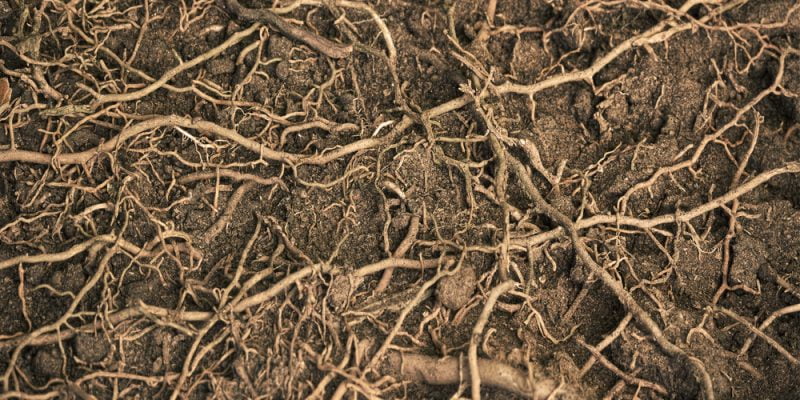
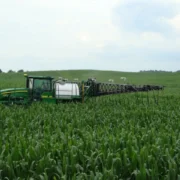
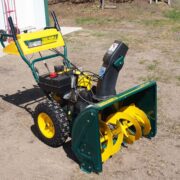


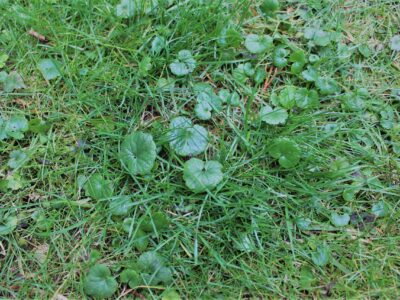

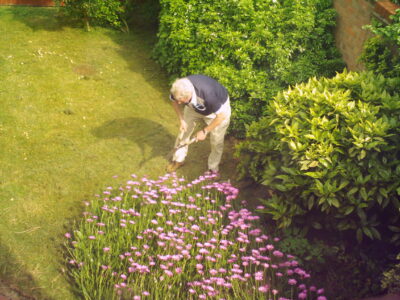
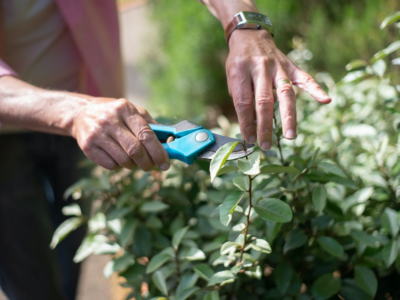


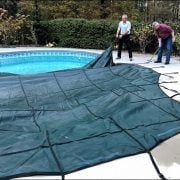

Hi, great tips. But a question regarding carpet – Does it matter what the carpet is made from?
Coming from a plant contamination point of view.
We don’t want to eat something that’s sucking up chems.
If that’s even a thing. So just curious.
Thanks